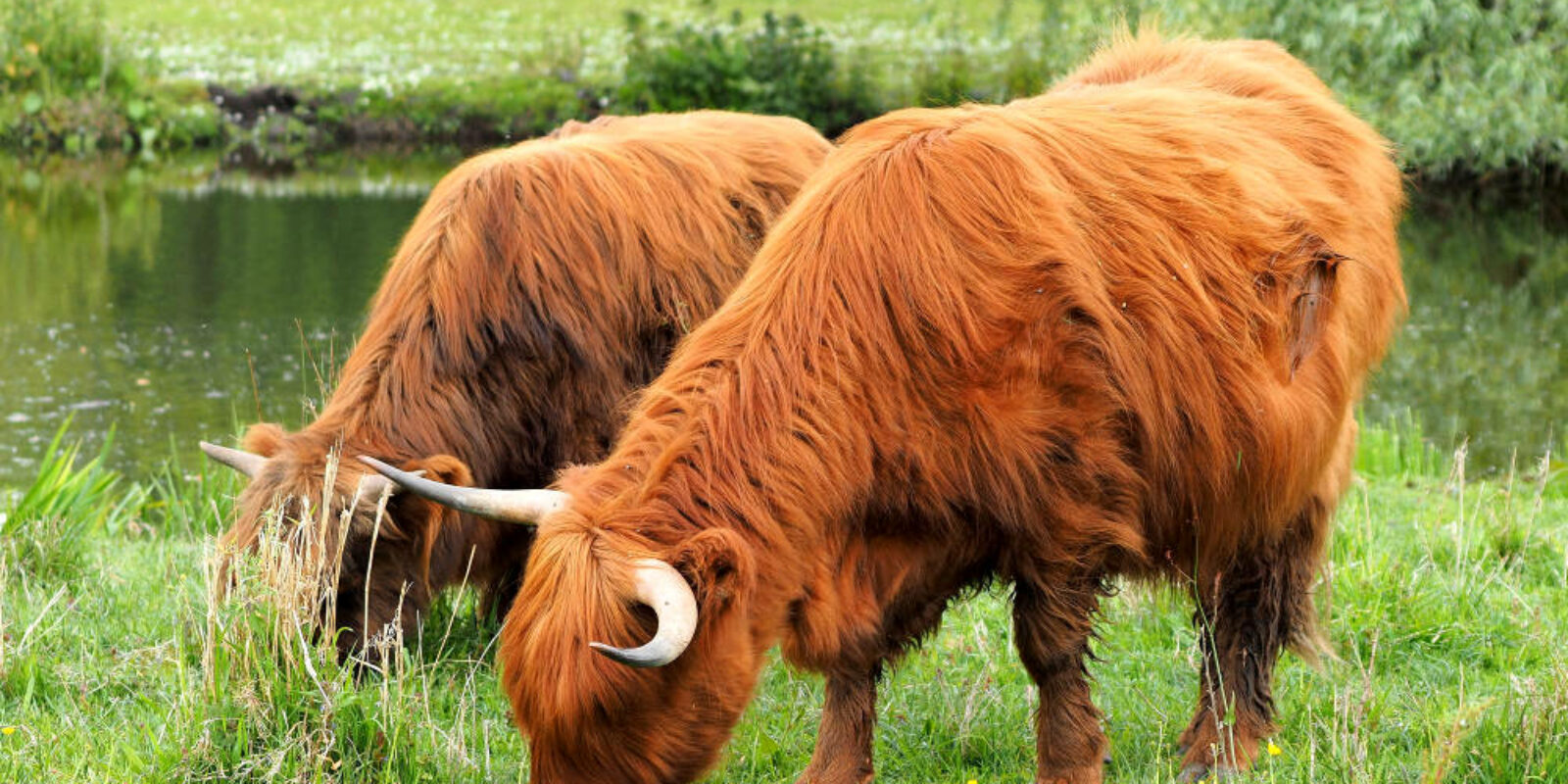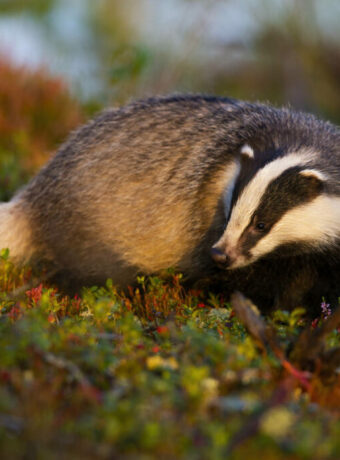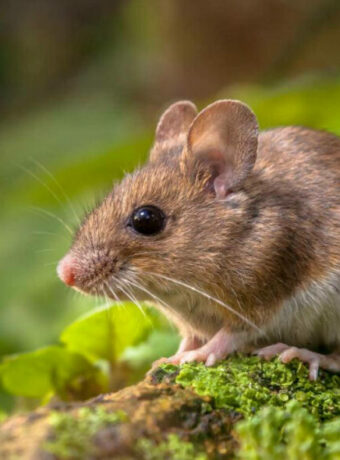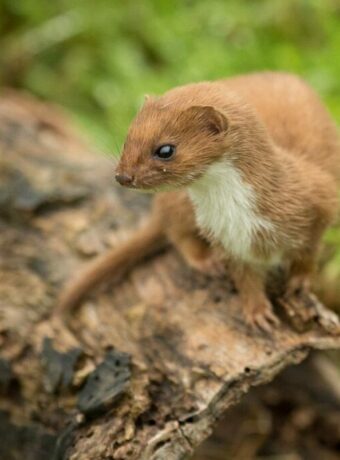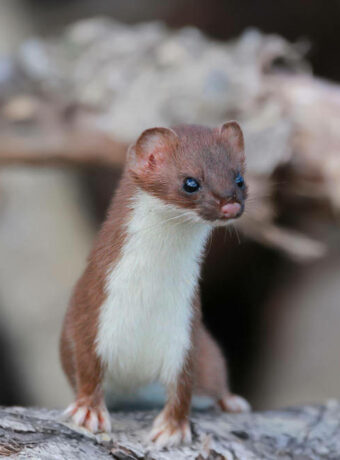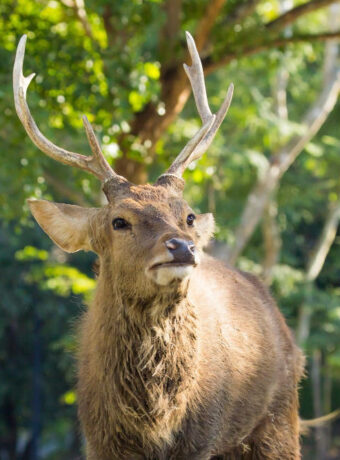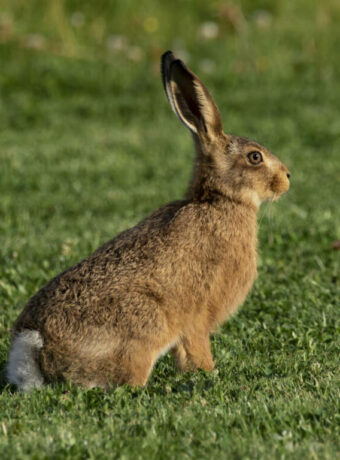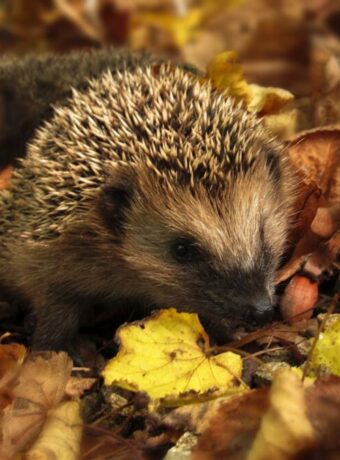Highland cattle (Bos taurus) are an iconic breed of cattle originating from the rugged landscapes of Scotland. Known for their long horns and distinctive shaggy coats, these cattle are perfectly adapted to thrive in harsh climates and play an essential role in sustainable farming practices.
Highland cattle are one of the oldest registered cattle breeds, with records dating back to the 18th century.
Scientific Classification
Common Name: Highland Cattle
Scientific Name: Bos taurus
Family: Bovidae
Order: Artiodactyla
Conservation Status: Not Evaluated (Domesticated Species)

What Do Highland Cattle Look Like
Highland cattle are easily identifiable by their long, double-layered, shaggy coats, which protect them from harsh cold and wet weather. They have wide, curved horns and a stocky build, with adult males weighing up to 800 kg and females up to 500 kg. Their coats can range in color, including red, black, yellow, and brindle, with their distinctive fringe, or “dossan,” often shading their eyes.
Physical Appearance
Size: 90-120 cm (35-47 inches) at the shoulder
Weight: 400-800 kg (880-1,760 lbs)
Coat Color: Various shades including red, black, dun, yellow, and white
Horns: Long, curved horns present in both males and females
Lifespan: 15-20 years
Where Do Highland Cattle Live

Where Do They Live
Where to find them
Originally from the Scottish Highlands, these cattle are now found worldwide through exports, thriving in diverse climates ranging from cold mountainous regions to temperate lowlands. They are well-suited to rough terrains and can often be seen grazing on moorlands, woodlands, and upland pastures.
Native To: Scotland
Habitats:
- Mountainous regions
- Open pastures
- Uplands and moorlands
Range: Found worldwide, especially in temperate and cold climates
Behaviour & Lifestyle
How They Behave
Highland cattle are known for their docile and calm temperament, making them easy to manage despite their imposing size. They are herd animals and display strong social bonds. Highly adaptable, they graze year-round and are particularly efficient at converting low-quality forage into energy, allowing them to survive in nutrient-poor environments.
Activity: Diurnal
Diet: Herbivorous; primarily grasses, shrubs, and heather

Grazing Habits: Efficient grazers capable of thriving on sparse vegetation
Social Behavior: Live in herds led by a dominant cow
Predators: Minimal threats due to domestication, but calves may be vulnerable to predators like foxes in the wild
How Do They Breed
Highland cattle have a natural calving ability, with minimal need for human intervention. Females typically give birth to a single calf after a gestation period of around nine months. Calves are born with the same shaggy coat as adults, providing immediate protection from the elements. These cattle are long-lived, often reaching 15–20 years, with some even living into their mid-20s.
Breeding Season: Year-round, but most common in spring
Gestation Period: Approximately 9 months
Calves: Usually a single calf born per pregnancy.
Independence: Calves remain with their mothers for several months
Reproduction & Lifespan
Ecological Importance

Why Are They Important
Highland cattle play an essential role in conservation grazing, helping to maintain biodiversity in grasslands, moorlands, and wetlands. Their grazing habits promote the growth of native plants by preventing overgrowth and enriching soil quality through natural fertilization. Their ability to thrive on marginal land makes them invaluable in sustainable farming practices and habitat restoration efforts.
Role in the Ecosystem:
Grazing Management: Maintain biodiversity by controlling overgrowth in uplands and pastures
Soil Health: Their grazing promotes healthy soil ecosystems

Conservation Status & Threats
Highland cattle are not at risk of extinction, but their role in traditional farming is declining due to modern agricultural practices. They are a widely bred and managed domestic species. However, their numbers in their native Scottish Highlands have declined in some areas due to modern farming practices and the introduction of higher-yield cattle breeds. Conservation efforts focus on preserving their heritage and promoting their role in sustainable farming and biodiversity projects.
Threats
Loss of traditional grazing lands reduces their natural habitat and role in farming.
Modern intensive farming methods favor higher-yield breeds over traditional ones.
Conservation Efforts
Promotion of sustainable farming practices encourages their continued use in agriculture.
Recognition of their ecological benefits in conservation grazing highlights their importance in biodiversity projects.
Efforts focus on preserving their heritage and promoting their use in sustainable agriculture.
NOT UNDER THREAT
Fun Facts
Highland cattle are not only visually striking but also full of surprises! From their unique adaptations to their gentle personalities, these hardy animals have captured the hearts of people around the world.
Oldest Registered Breed: Highland cattle were first registered in 1884 by the Highland Cattle Society.
Thick Coats: Their double-layered coats eliminate the need for excess body fat, making their meat leaner.
Require little to no supplementary feeding, as their thick coats allow them to thrive in cold climates without additional shelter.
Longevity: Highland cattle often live longer than other breeds, producing calves even into their late teens.
Long fringe or “dossan,” isn’t just for looks—it helps shield their eyes from wind, rain, and insects.
Gentle giants despite their rugged appearance, they are incredibly friendly and gentle.

Mythology & Folklore
Highland cattle are iconic symbols of Scotland, representing strength, resilience, and tradition.
They appear in Scottish folklore as guardians of the land and bringers of prosperity. Many clans used their image on crests and banners, highlighting their cultural importance.
In modern times, they have become beloved mascots of the Scottish Highlands, frequently depicted in art, tourism campaigns, and souvenirs.
Cultural Significance
How to Spot Them
How to Spot a Highland Cattle in the Wild
To spot Highland cattle, visit upland pastures, moorlands, or conservation grazing sites where they are often used to manage habitats. They are commonly found in Scotland, but herds can also be seen in farms, parks, and estates worldwide. Look for their distinctive shaggy coats, wide horns, and calm demeanor. Early mornings or evenings are often the best times to see them grazing peacefully.
Where and When
Where to Look: Rolling hills, moorlands, and open pastures
Best Time: Daytime, as they are active grazers
Sighting Tips
Signs of Presence: Distinctive hoof prints, grazed grasslands, and their unmistakable shaggy coats


How You Can Help Protect Highland Cattle
Supporting Highland cattle involves preserving traditional farming and promoting their ecological benefits. Choose products from farms that prioritise sustainable and traditional practices. Advocate for conservation grazing programs that utilize these cattle to maintain biodiversity. Visit heritage farms and educational centers that raise awareness about their ecological and cultural importance. Sharing knowledge about their role in sustainable agriculture and encouraging the preservation of traditional breeds helps ensure their legacy endures
Support Conservation Projects: Purchase products like wool from heritage breeds to encourage farmers to maintain traditional practices.
Choose Sustainable Fashion: Opt for garments made from natural, ethically sourced materials like Black Welsh Mountain wool.
Promote Awareness: Share information about the importance of heritage breeds in maintaining biodiversity and cultural history.
Heather the Highland Cattle!
Get Closer to Nature with Our Exclusive Woodland Wildlife Series!
Celebrate the beauty of Scotland’s wildlife with our “Heather the Highland Cattle” T-shirt, featuring a beautifully crafted linocut design. This T-shirt is perfect for wildlife lovers, conservationists, and anyone passionate about sustainable farming.
“Heather the Highland Cattle is a hardy and gentle giant of the British countryside. Known for their thick, weatherproof coats and majestic horns, they thrive in the rugged landscapes of Scotland and beyond. Their grazing helps maintain biodiversity in open pastures, supporting wildflowers and ground-nesting birds. With their serene demeanor and distinctive appearance, Highland cattle embody the wild charm of the Highlands.”
RELATED:
